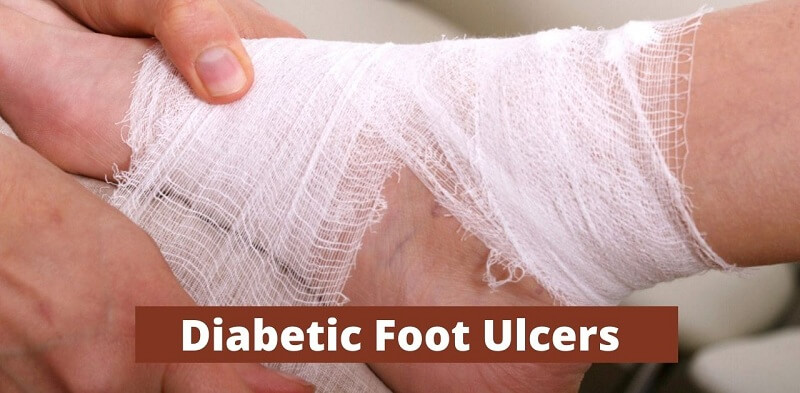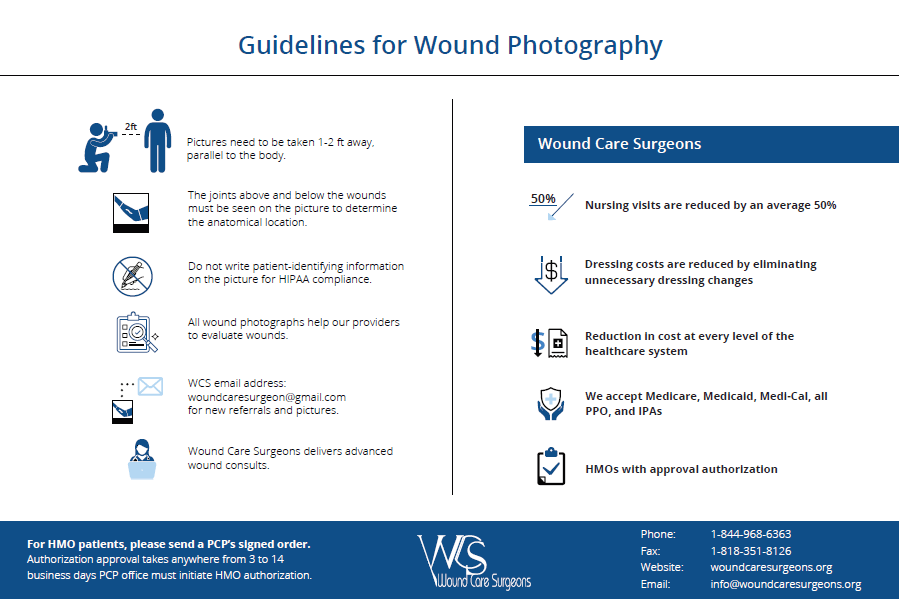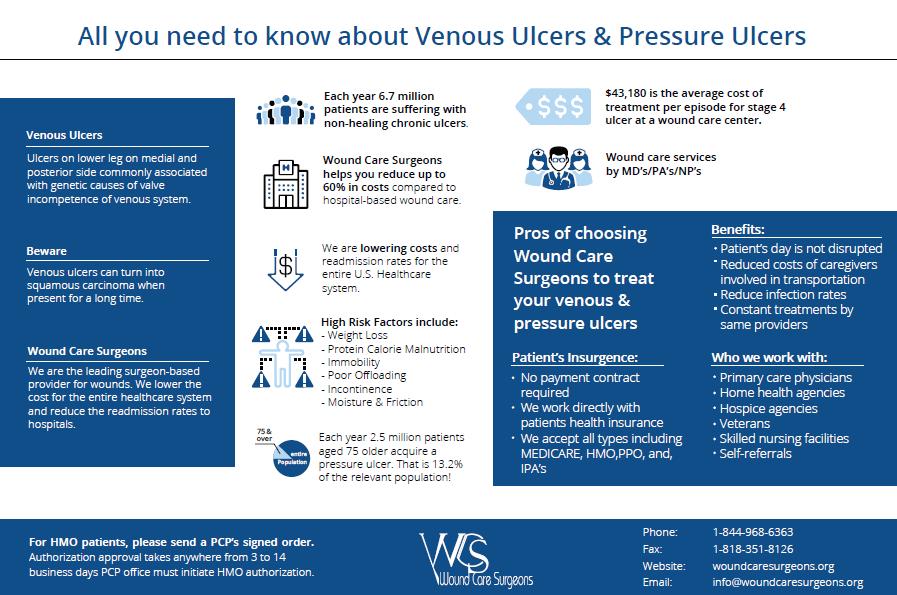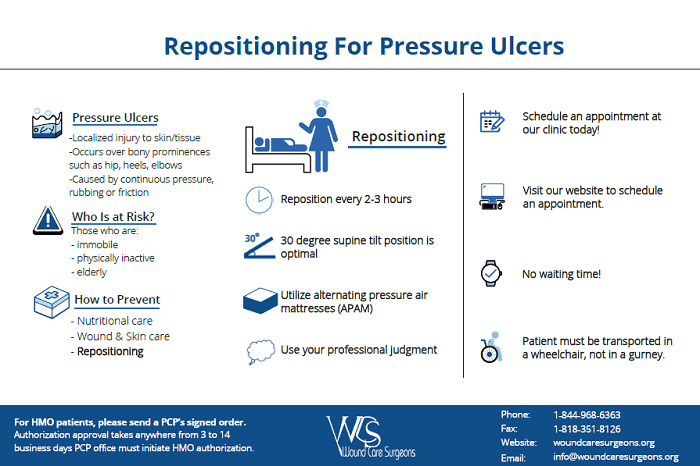
What Is A Diabetic Ulcer?
An ulcer is an open wound in the skin that does not heal within days or weeks and people with diabetes are at even more risk of developing diabetic foot ulcers and pain. They have higher blood sugar levels than normal and if not controlled properly, it results in skin tissue breakdown and exposing the layers underneath. Diabetic foot ulcers most commonly occur under your big toes and the balls of your feet as well as can affect your feet down to the bones.
Common Causes Of Non-healing Diabetic Foot Ulcers
Non-healing foot ulcers usually show the area with redness on the skin initially which could lead to break down over time and result in an open wound in the skin that does not heal. However, good care under the guidance of Wound Care Specialists can speed-up the process of safe and effective healing but some factors cause to slow the healing process. Here they are as follows:
1. Poor Circulation - People with diabetes are at an increased risk of a condition called peripheral artery disease (PAD) where the blood flow gets restricted to the feet and legs. Your body's circulatory system carries oxygen-rich blood and nutrients to your entire system to maintain healthy tissue. If there is a PAD condition, your feet will first show signs including pain, numbness, hair loss, or discoloration on the legs or feet. PAD can lead to severe pain, ulcers, and even amputation and death if left untreated.
2. Nerve Damage - Poorly or uncontrolled blood sugar levels can lead to severe nerve damage in people with diabetes. Diabetic neuropathies - a family of nerve diseases cause a loss of ability to feel any pain or sensations in the body. In people with nerve damage, any ignored or untreated small cut, blister, or surgical wounds on the foot can lead to infection with diabetes foot ulcer recovery.
3. High Blood Sugar Levels - As diabetes is a metabolic disease, it causes an increased level of glucose in the blood. These increased blood glucose levels tighten the body's arteries and narrow its blood vessels. It also arrests the delivery of the blood and oxygen required to improve the body's natural healing capabilities.
4. Prolonged Pressure On The Feet - People with diabetes should avoid wearing shoes that fit properly as it can further develop ulcers. People with ages often ignore moderate pain from pressure on the feet that may result in the development of ulcers. Wound Care Experts is a trained team providing treatment for all types of ulcers and chronic wounds.
5. Poor Immune System - A proper immune system plays a vital role in removing damaged tissue and building new skin cells when a wound occurs. People with diabetes may have a slower immune system and it affects their body's ability to fight with bacteria in an infected diabetic foot ulcer.
6. Various Conditions Such As Infections, BP, Or High Cholestero l -People with diabetes are at higher risks of developing an infection due to a poor immune system. Plus, if you have a PAD condition, kidney failure, diabetes, high cholesterol, or high blood pressure, it can cause developing ulcers.
Smoking Or Other Habits -People who smoke are at higher risks of developing multiple diseases including PAD etc. Plus, a prolonged period of bed rests, or a sedentary lifestyle can also lead to increased risks of foot ulcers.
If you notice a wound that does not heal on your feet, contact Bedside wound care services immediately. The team of physicians and nurses will determine the best option for treatment in the comfort of your home.



